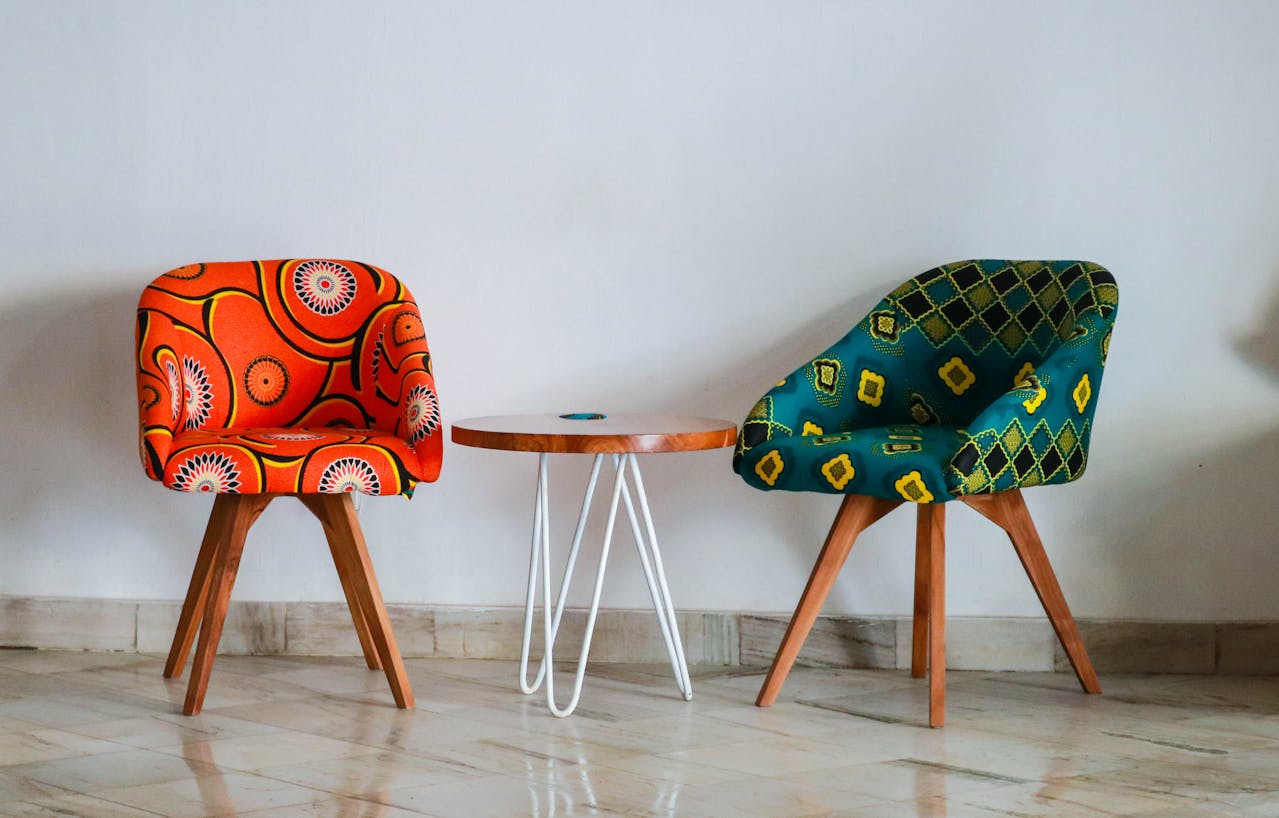
Disclosure – this is collaborative post.
Thinking of furniture restoration. This is a great industry to enter as you can bring old, battered furniture back to its former glory. It also happens to be a lucrative industry with a market size of almost £200 million as of 2023.
One of the most important elements to achieve this is buying the essential tools you need for restoration tasks.
You’ll want a comprehensive collection that can breathe new life into anything from wardrobes to beds and sofas. If you aren’t sure what this tool selection should consist of, we can help. Continue reading to find out what the essential tools you need are and what they’re for.
What are the essential tools I need for my furniture restoration?
No furniture piece will get in the way of your success when your arsenal consists of the following items:
Drill
An incredibly important power tool to add to your collection is the drill. These are particularly useful for the deconstruction of old, rickety furniture by drilling out old joints and fixtures.
Angle grinder
Cordless angle grinders are particularly useful in active workshops as you can cut, finish and polish furniture with ease.
Hammer and mallet
The soft faces of a rubber or wooden mallet are designed for driving chisels, and you will also need them to tap wooden furniture components into position. A regular hammer can be beneficial for putting nails in your restorations.
Measuring tools
Most furniture components are fairly small, so you don’t need a large carpenter’s square for marking and checking cuts. A metal rule and trusty measuring tape may be enough and should let you take accurate measurements of whatever you’re working on.
How can I stay safe while running a furniture restoration business?
The right tools can make your working environment safer but there are other things you can do to stay safe while you work. Safety in the workplace is vital in the UK with over 560,000 injuries occurring last year according to the Health and Safety Executive. Some ways to stay safe include:
- Wearing the appropriate personal protective equipment while working
- Performing a risk assessment before tackling a new project
- Completing necessary training on restoration techniques and proper tool usage
- Overseeing the work of staff with less experience to make sure they’re doing it right
Disclosure – this is a collaborative post.
